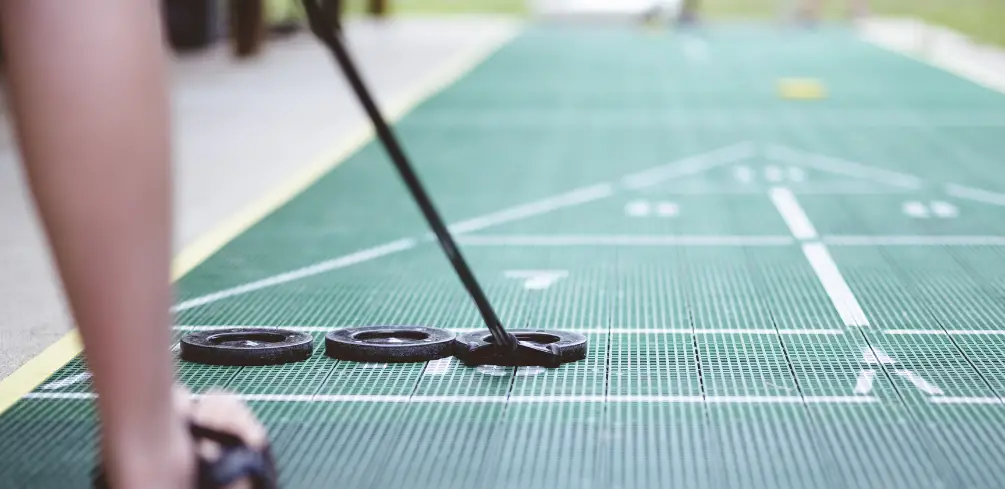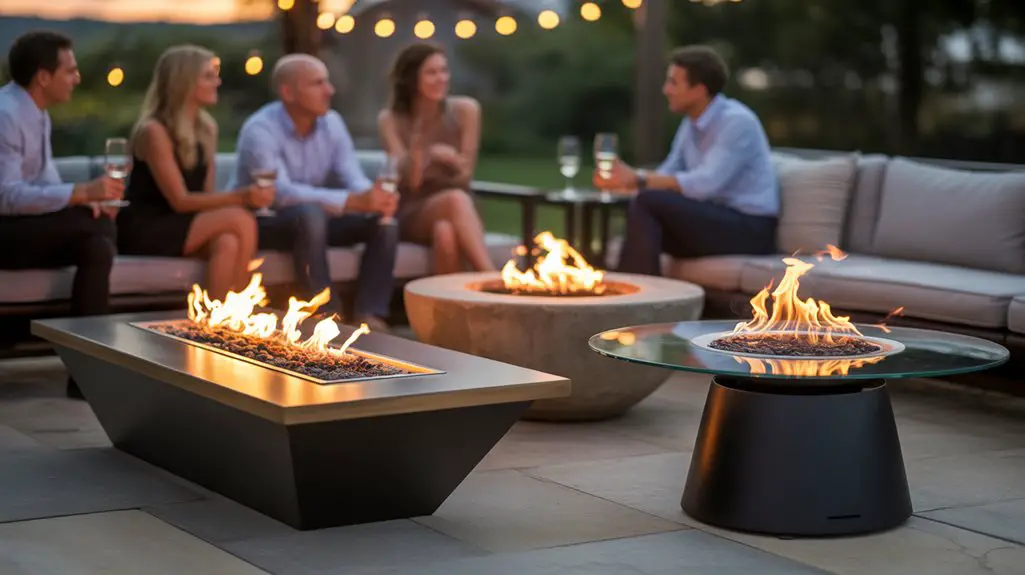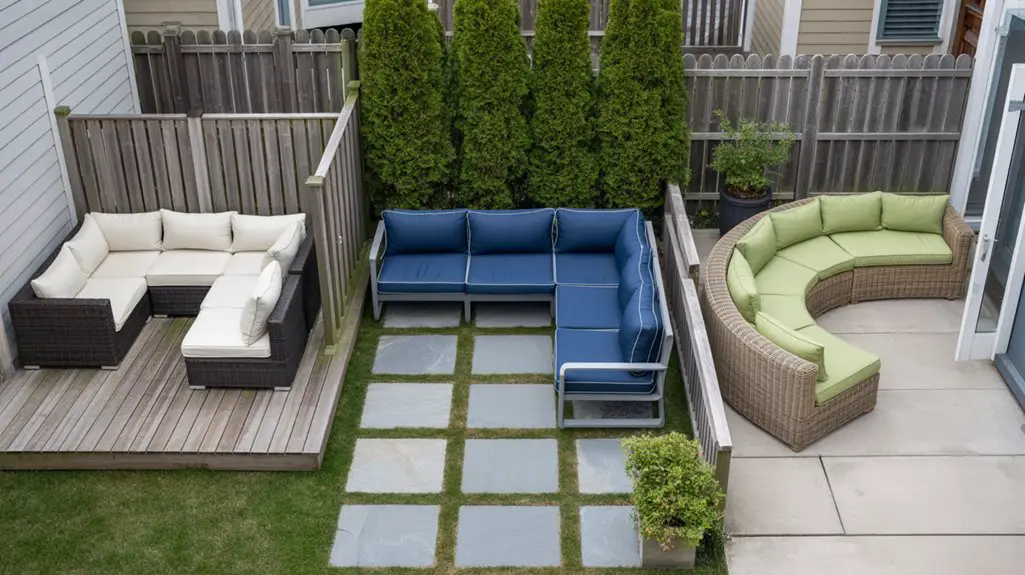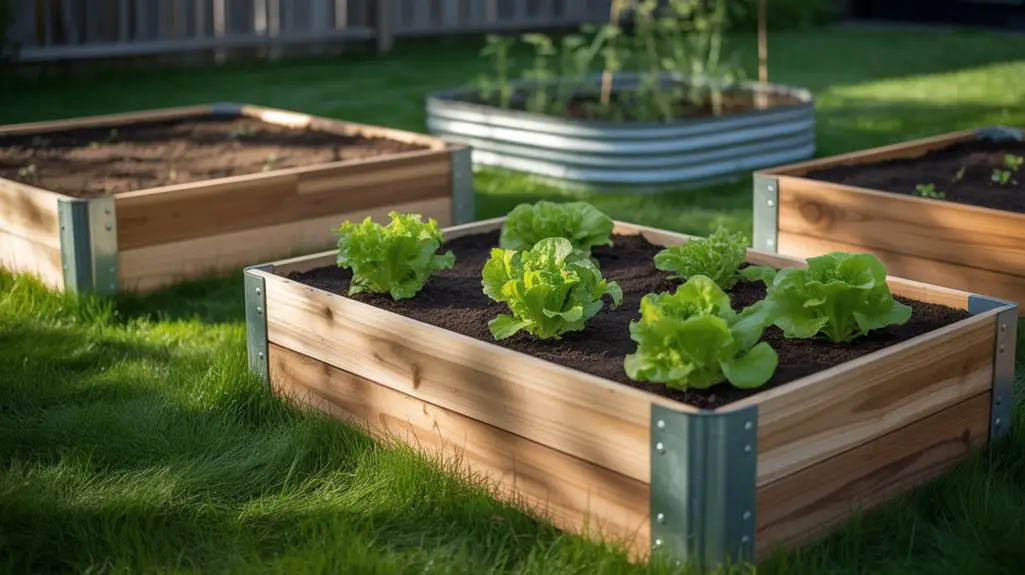You need to push your disks into the five scoring areas to earn points in a game of outdoor shuffleboard.
You also need a strategy that will ensure that your disks land on the slot that earns the highest points. The equipment for the game includes a cue, a court, and four disks for each player.
Outdoor shuffleboard matches can be between two single players or two teams containing two players each. This article explores outdoor shuffleboard rules and how players should play to earn the highest points.
You will be a better player after reading the useful points in this article. Let’s get started.
What is Outdoor Shuffleboard?
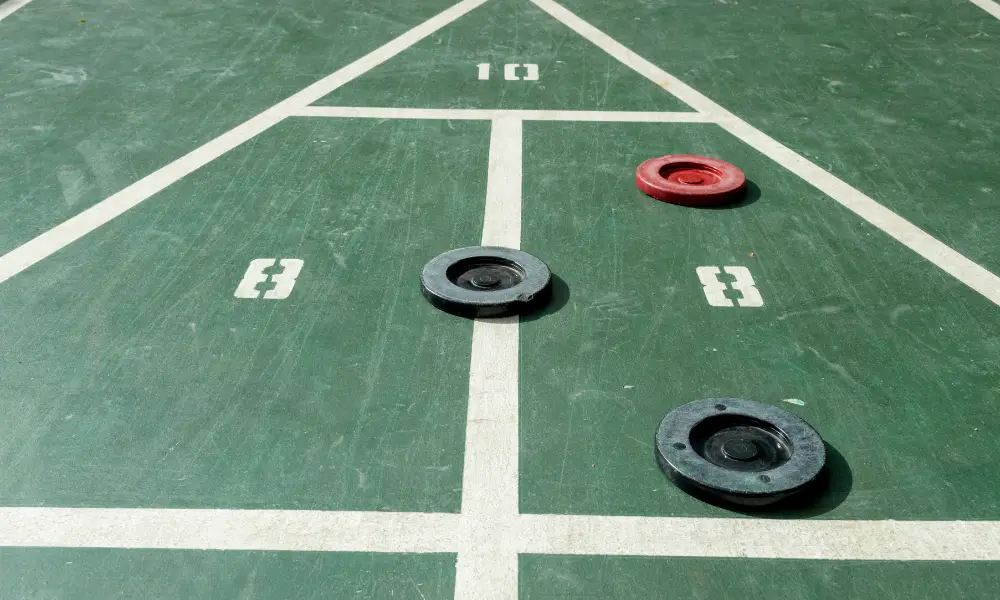
Outdoor Shuffleboard is a game that involves players pushing disks across the board in an attempt to score points. It is a fun game for all age groups, and you can play it as a family.
The game started in Europe, and it has taken a while to catch on in other parts of the world.
Outdoor shuffleboard is a bit different from indoor shuffleboard, but the rules of engagement are similar. Outdoor shuffleboard is more fun, and it allows players to spend some time outside.
A game can take an hour or more, and it includes a couple of rounds per match.
Outdoor shuffleboard is a safe game for kids and seniors to play. There is a slim chance that a player will get hurt when playing the game.
Also, pushing the shuffleboard disks across the board doesn’t require a lot of energy, leading to tendons breaking. Overall, it is the perfect way to pass the time on a Saturday or Sunday afternoon with friends and family.
Outdoor Shuffleboard Rules

Shuffleboard Court Layout
Outdoor shuffleboard rules include the guidelines on the court layout before you can begin any match. You can use concrete outdoor shuffleboard or new portable plastic versions that are easy to assemble.
Having a good understanding of the court layout will help you score many points during a match.
The court is 52 feet long and 10 feet wide. The length in the portable versions may be shorter than the standard size. Some are 48 feet or 45 feet long, depending on the manufacturer.
You can choose a shuffleboard court with a length that can fit comfortably in your front or back yard.
Markings on Shuffleboard Court
There are markings on each end of the court indicating the pitching area and the score points for each spot on the court. There is a line drawn at 6.5 feet from the end of the court, and it is called a baseline.
The space between the edge of the court and the baseline is known as the shooting area.
Another line is drawn 1.5 feet from the baseline to create the “10 Off” area. The “10 Off” area is split into the right half and the left half. It is where outdoor shuffleboard disks are placed before the beginning of an inning.
The next area is the scoring area, and it has an isosceles triangle on it. The triangle starts at the outer edges of the upper 10-off line.
The outer edges of the triangle meet in the middle of the court, 9 feet from the 10-off line. The triangle has five slots, and each has a number on it.
Two horizontal lines are splitting the triangle into three equal parts that are 3 feet in length. The top small triangle has the number “10” written on it.
The middle and lower parts of the triangle are split into two halves. The middle chunk is written “8,” and the parts next to the 10-off area are written “7.”
There is a line known as the deadline 3 feet from the tip of the triangle and 20 feet from the baseline. The markings are the same on both sides of the court.
Therefore, each court has two deadlines, and a disk has to pass the furthest one to stay in play. If a disk doesn’t make it past the second deadline, it is removed from the game.
How to Score in Shuffleboard
A match begins with four yellow disks on the right side of the 10-off area, while the black disks go to the left side. Players use a stick called a cue to push the disks to the other side of the court to score.
A player should stay in the shooting area and avoid stepping on the baseline. Players should push the disks with the cues touching the ground. The aim is to give the disk momentum to slide across to the other side of the court.
You can extend your cue when pushing a disk until the edge of the scoring triangle above the 10-off point near you. After that, you have to lift your cue and let the disk move with its momentum.
Using a cue past the scoring triangle will attract a penalty from the judges.
Players can flip a coin to decide who plays with the yellow disks because they always start an inning. Players will push disks off the pitching area, alternatively until all eight disks are deployed.
Each player should aim to get the disks into the scoring triangle on the opposite end of the court.
Scoring Options
A player can score 10, 8, or 7 points depending on the part of the scoring triangle a disk lands on when it stops. Any disk outside that area is ignored, except for the ones in the 10-off area.
Therefore, you should push a disk hard enough to land on the scoring triangle but not past it.
Any disk that lies on a line in the scoring triangle will not earn any points. Judges have to lean over disks to determine whether they are on the line or not.
You can get points when your disk is on top of another and in the middle of the five scoring areas.
The game is won when a player reaches 75 points, and the match concludes—alternatively, the player with the highest points for ten consistent matches.
Points are accumulated after each inning to determine how many points each player gets. Judges must declare the winner before the player can claim to be the winner of a match.
Strategies to Win in Shuffleboard
Each disk should be pushed with a cue using a fluid motion to give it the energy to move across the court. You should line up your disk to head in the direction you want it to stop.
You can aim at an opponent’s disk in an attempt to know it off the court. When it is outside, your opponent won’t get any points.
Another strategy is to aim at any of your disks that are not in the scoring triangle. The momentum will push the stationary disk forward, increasing the number of disks that earn points after an inning.
A more complex strategy is to aim your disk to the side of another one of your stationary disks hoping that the ricochet will know an opponent’s disk out to the side. Your opponent will score fewer points when they have fewer disks on the court or the scoring area.
Overall, all strategies seek to get your disks into the scoring triangle when removing your opponent’s disks from the court.
However, the most important part is getting disks into one of the five scoring areas without touching the edges or lines.
Shuffleboard Penalties
Penalties are a bit heavy-handed, and getting two or three penalties per inning can significantly reduce your overall score. Understanding outdoor shuffleboard rules and penalties ensures that you play carefully.
Remember, the goal is to earn as many points as possible with each inning. Here is a list of the penalties players get.
- A disk should touch the 10-off area when it is not a player’s turn. A player will have a penalty of 5 points for letting a body part touch the penalty area when it is the opponent’s turn.
- Players should push disks through the scoring triangle past the 10-off when shooting. You will attract a penalty of 5 points when the disk touches the outer lines of the triangle when you are playing.
- Shooting an opponent’s disk will attract a penalty of 10 points. Therefore, a player with yellow disks should only play with yellow ones to the end of a match.
- It would help if you didn’t touch the baseline with any body part when shooting a disk. Touching the baseline attracts a penalty of 10-points.
Permanent vs. Portable Shuffleboard Courts
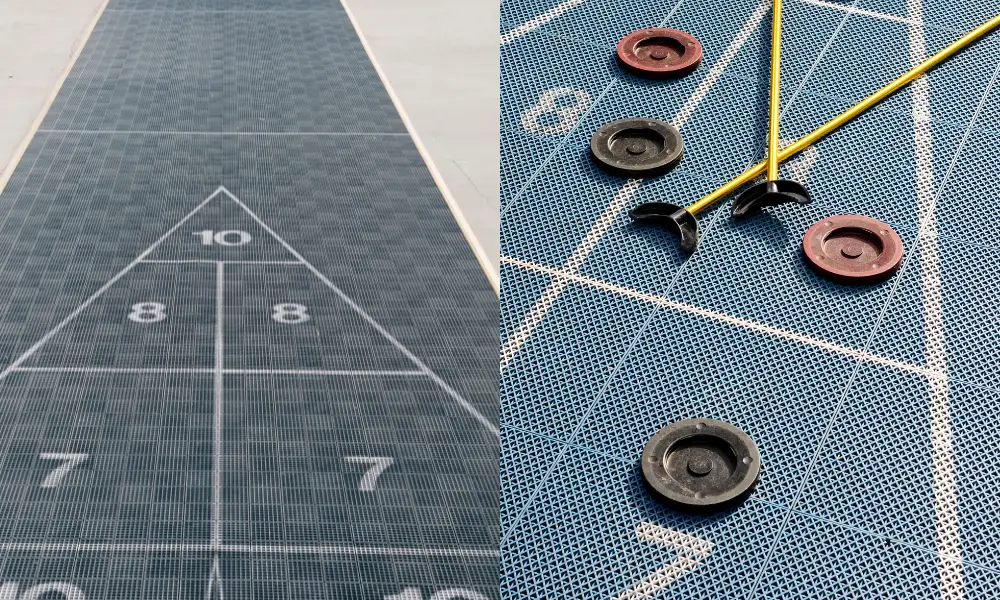
You may have come across the argument of having cement shuffleboard courts over portable shuffleboard.
Most portable shuffleboard courts are shorter than 52 feet and are not suitable for anyone practicing to compete.
However, they are excellent for anyone who wants to have some outdoor fun without the expense of building a court.
Cement courts tend to last longer than their plastic counterparts. The decision to build or buy a portable court will depend on the space you have on your property and your budget.
Portable courts are cheaper. You can have a cement court installed and save yourself the time it takes to set up a portable court.
In the end, it will be a matter of preference. You will need to choose a court that suits your needs best.
Conclusion
Outdoor shuffleboard rules are a guideline for how to play the game and score points. Anyone who breaks the rules stands to get a penalty and lose some points. It would be best if you learn the rules to reduce the odds of breaking them.
Overall, it is an excellent game to play in the afternoon to pass the time and have fun. It is not physically taxing, but it is a fun way to add some physical activity to your day.
You can use the game as a reason to enjoy some family time with your loved ones.
Please be careful and use at your own risk
None of the authors, contributors, administrators, or anyone else connected with BestPlaygroundSets, in any way whatsoever, can be responsible for your use of the information contained in or linked from these web pages.

